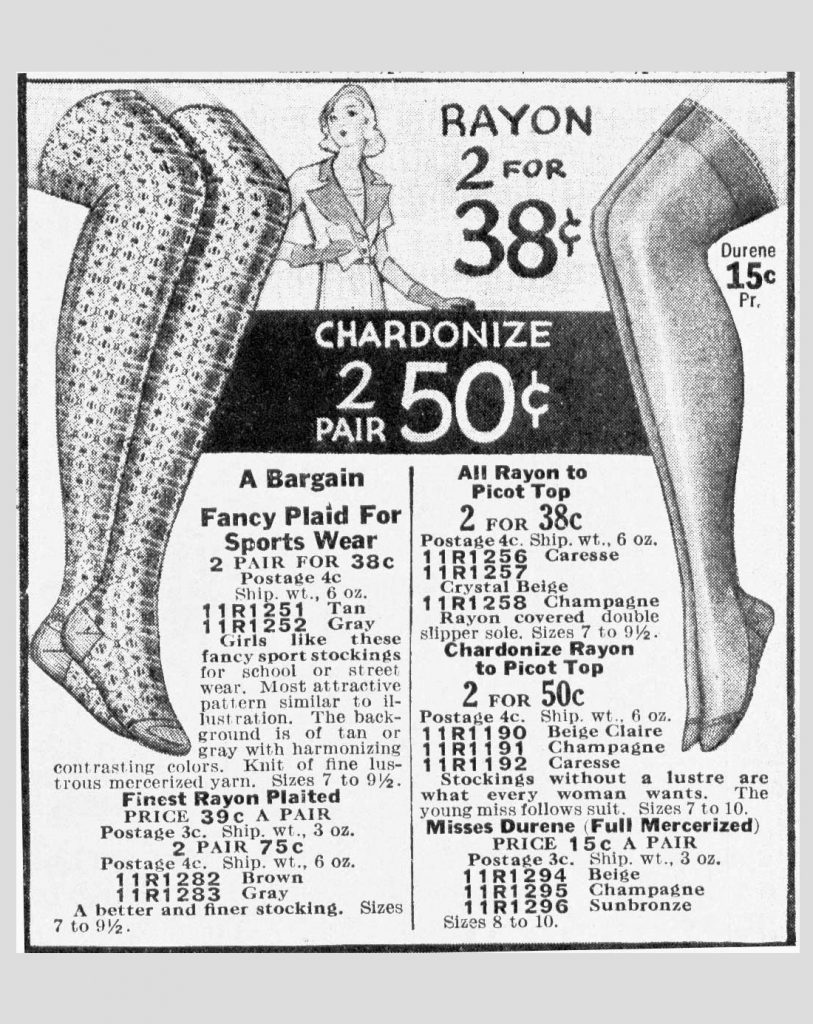Your basket is currently empty!
Gone are the days when people would pay newspapers to get their ads published in classifieds, today we can post free ads in India or anywhere across the world using the internet. The cumbersome window ACs have paved way for compact split ACs. A floppy disk is a mere memory which very few can still recollect. It’s remarkable that the same classifieds or telegram or floppy disks were once considered innovative that we couldn’t live without.
Revolutionary innovations have constantly questioned the prevailing customs and have consistently eased our lifestyle over the times. In his very first email to the employees, the newly appointed CEO of Microsoft, Satya Nadella states that our industry does not respect tradition – it only respects innovation. The Microsoft CEO’s wise words easily apply to our own fashion industry.
Change is a significant entity which establishes a fashion cycle which in turn churns out new trends. It is the very change which even constructs a need for fashion. While several factors such as social and economic development, multicultural effects, internet etc speeds up the fashion cycle, tradition alone can drastically slow down the fashion cycle. Fashion cycle moves faster with innovation while tradition affects it inversely. If Paul Poiret didn’t break the tradition, women wouldn’t be wearing trousers today. If not for Mary Quant there wouldn’t be any miniskirts selling in stores now. If Madonna didn’t wear innerwear as outerwear in 80s, Lady Gaga wouldn’t have a style statement today. Within the Indian subcontinent, there wouldn’t be salwar-kameez without the Islamic invasion or a petticoat or a blouse without the British rule. Salwar-kameez, petticoat and blouse were not a part of the Indian tradition when introduced, have evolved to become essential staples in every Indian woman’s wardrobe today – very much a part of our culture. Denims, skirts and several western silhouettes are following a similar pattern within the sub-continent.
Tradition and innovation are naturally in conflict, the definition of innovation practically references the definition of tradition. A tradition is a long standing custom or belief that is passed from generation to generation. An innovation is a new method or idea that makes changes in something established. Innovation is on a constant drive to exterminate tradition. Over dosage of traditional values can easily lead to stagnation of culture (which itself is constantly evolving) and prevents a society from progressing socially and economically. More traditional a society is, less innovative it is and we don’t have to look anywhere but our own mother land India for example where even women wearing denims can irk and raise concerns among specific conservative groups.
Innovation doesn’t exist without tradition. Innovation is about constantly changing the tradition. While ditching tradition might lead to cultural de-individualisation, digging and reviving tradition results in innovation.
SOME REVOLUTIONARY INNOVATIONS IN 20TH CENTURY THAT CHANGED FASHION FOREVER:
One response to “Tradition vs Innovation in Fashion”
An interesting post! I wrote something that has to do with the evolving fashion earlier today. I should have read this one before I wrote that 🙂
x
Lara Lizard























Leave a Reply